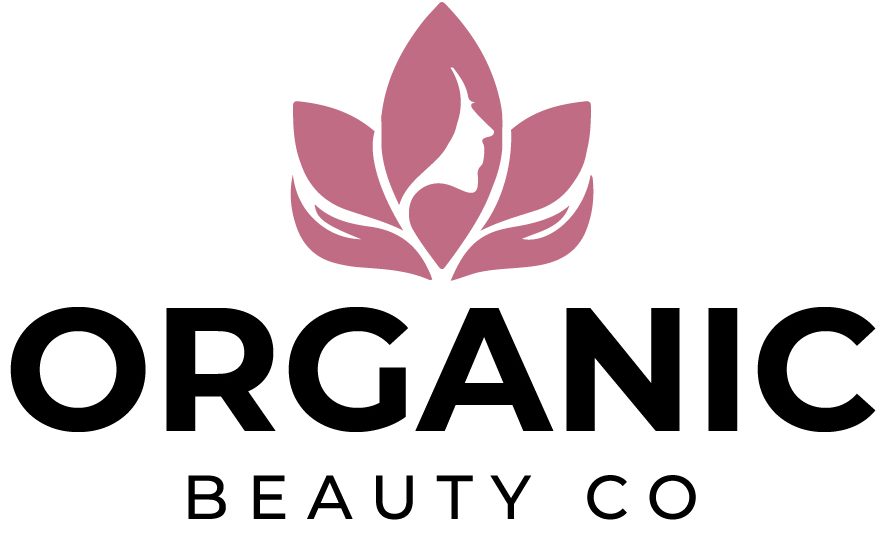Has the term “clean” beauty become a new buzzword in makeup? These two words represent so much more. These two words mean a revolution in our industry that encompasses manufacturing, ingredients, testing, and many other aspects. The standards demand that brands use therapeutic ingredients instead of toxic ones, harvest these ingredients with care, test them humanely, and package them responsibly. Clean does not only mean healthy for you but also for the planet and all living creatures. Here are some reasons to switch to clean.
Before Clean Beauty
Like many other makeup artists in the 1980s, I also didn’t consider the ingredients or formulations when I entered the beauty industry. It was all about appearance for me. The final result was all that mattered. For years, I used products without realizing that they were causing collateral damage to my skin. It was probably easy to be unaware because I worked on so many photo shoots and productions with actors or models that I was unlikely to see again. Funny thing, I never even considered that there could be healthy makeup until I started working for department store brands in the late 1990s and heard the complaints from customers with reactions and breakouts. As I began to look for healthier makeup brands, it became apparent that the choices were limited. I had no idea that in 1994, while I was using a toxic makeup kit, Jane Iredale, a visionary woman, was launching a line that would forever change how people viewed makeup. My life was changed forever in 2003 when I discovered her products. Even 17 years after her products were introduced, I am still one of her biggest fans.
It’s beautiful that more and more stories like mine become commonplace every day. It has become clear to both makeup artists and customers that cleaner formulas are preferred. All of us would like to see an ingredient list that isn’t confusing or frightening. The beauty industry has been forced to adapt to the demand for these products. Beauty professionals’ trade secrets are not just limited to the colors and finishes they use. Ingredients are clearly just as important. It’s great to see how far the beauty industry has come.
Beauty Products: A History of Toxic Beauty Products
In 1940, cosmetics were often laced with toxic chemicals because there had never been any studies published on their long-term effects. It wasn’t until the 1950s that “endocrine disruption” was first used. Even though many ingredients were toxic, they weren’t known yet. In the 1970s, many harmful chemicals were banned, and cosmetic testing became more rigorous. Although cosmetics manufacturing technology has advanced, many archaic ingredients and practices have remained in use for decades. By the mid-1990s, people still didn’t know what parabens or phthalates did to our bodies. Jane, for example, took it upon herself to do research on ingredient lists, eliminate toxic ingredients that had been grandfathered in, and find healthier alternatives. The process of substituting bad compounds with good ones, performing testing far beyond FDA requirements, and seeking certification by organizations like Ecocert raised standards higher than any other company. The Clean Beauty Movement began.
In the beginning, it was hard for me to see the difference that clean ingredients could make on the skin. I only knew that the makeup I was wearing felt better than any other makeup I had ever worn. Why was it good? What I didn’t realize was that there are many different aspects to the creation of beauty products.
It all starts with a need.
Jane told me once that she asked my team and myself, “What do you want?” the night before she decided on our brand. What was needed? She said, “If you ask yourself the question before you go to sleep, you will wake up with an answer.” This principle still guides our product development. We won’t develop a product until we are sure it will meet a specific need. And that need can’t be to keep up with the latest trends in the industry. The product has to be something that can make a difference in the lives of those who use it. We start by researching the ingredients to use in the product. It is important to combine skincare and performance. Our product development team constantly tries to find a way to make the product both better for you and better for your skin. Our lip products offer antioxidant protection and hydration, while our SPF foundations soothe and calm.
Old vs. New Makeup Ingredients
There are many options when formulating a product. There’s a good reason why talc is still widely used for cosmetic production. They’re cheap! A good profit margin does not guarantee success or longevity, as cosmetic companies must now meet higher standards. You could create your mineral makeup by visiting a number of vendors in different countries. They would offer you a menu of ingredients ranging from the highest grade to the lowest. The phrase “you pay what you get” is never more evident than when you put these ingredients on your skin. Here are some comparisons you can make:

